
22 September
THE HISTORY OF JEWELRY DESIGN :
The possibility of tracing jewelry’s historic itinerary derives primarily from the custom, beginning with the most remote civilizations, of burying the dead with their richest garments and ornaments. Plastic and pictorial iconography—painting, sculpture, mosaic—also offer abundant testimony to the jewelry worn in various eras.
It is probable that prehistoric humans thought of decorating the body before they thought of making use of anything that could suggest clothing. Before precious metals were discovered, people who lived along the seashore decorated themselves with a great variety of shells, fishbones, fish teeth, and coloured pebbles. People who lived inland used as ornaments materials from the animals they had killed for food: reindeer antlers, mammoth tusks, and all kinds of animal bones. After they had been transformed from their natural state into various elaborate forms, these materials, together with animal skins and bird feathers, provided sufficient decoration.
This era was followed by one that saw a transition from a nomadic life to a settled social order and the subsequent birth of the most ancient civilizations. Most peoples settled along the banks of large rivers, which facilitated the development of agriculture and animal husbandry. Indirectly, this also led to the discovery of virginal alluvial deposits of minerals, first among which were gold and precious stones.
Over the years the limited jewelry forms of prehistoric times multiplied until they included ornaments for every part of the body. For the head there were crowns, diadems, tiaras, hairpins, combs, earrings, nose rings, lip rings, and earplugs. For the neck and torso there were necklaces, fibulae (the ancient safety pin), brooches, pectorals (breastplates), stomachers, belts, and watch fobs. For the arms and hands armlets, bracelets, and rings were fashioned. For the thighs, legs, and feet craftsmen designed thigh bracelets, ankle bracelets, toe rings, and shoe buckles.
Middle Eastern and Western antiquity
Sumerian
Sumerian headdress
Among the most ancient examples of jewelry are those found in Queen Pu-abi’s tomb at Ur in Sumer (now called Tall al-Muqayyar), dating from the 3rd millennium BCE. In the crypt the upper part of the queen’s body was covered with a sort of robe made of gold, silver, lapis lazuli, carnelian, agate, and chalcedony beads, the lower edge decorated with a fringed border made of small gold, carnelian, and lapis lazuli cylinders. Near her right arm were three long gold pins with lapis lazuli heads, three amulets in the shape of fish—two made of gold and one of lapis lazuli—and a fourth amulet of gold with the figures of two seated gazelles. On the queen’s head were three diadems, each smaller than the one below it, fastened to a wide gold band: the first, which came down to cover the forehead, was formed of large interlocking rings, while the second and third were made of realistically designed poplar and willow leaves. Above the diadems were gold flowers, on drooping stems, the petals of which had blue and white decorations. On the back of the headdress was a Spanish-type comb, with teeth decorated with golden flowers. Huge golden earrings, in the shape of linked, tapered, semitubular circles, completed the decoration of the head. On the neck was a necklace with three rows of semiprecious stones interrupted in the middle by an openwork flower in a gold circle. Many rings were worn on the fingers. There were large quantities of other jewels—among them wrist and arm bracelets and pectorals—belonging to the handmaidens, dignitaries, and even the horses that formed part of the funeral train. As was the custom, the queen’s attendants had killed themselves in the crypt after the burial ceremony.
As this description suggests, Sumerian jewelry forms represent almost every kind developed during the course of history. Nearly all technical processes also were known: welding, alloys, filigree, stonecutting, and even enameling. Sources of inspiration, aside from geometry (disks, circles, cylinders, spheres), were the animal and vegetable world, and expressive forms were based on an essential realism enriched by a moderate use of colour.
Egyptian
Tutankhamun: gold funerary mask
Tutankhamun: pectoral
jewelry; Tutankhamun
The sensational discovery of the tomb of the pharaoh Tutankhamun (18th dynasty; 1539–1292 BCE) revealed the fabulous treasures that accompanied an Egyptian sovereign, both during his lifetime and after his death, as well as the high degree of mastery attained by Egyptian goldsmiths. This treasure is now housed in the Egyptian Museum in Cairo and represents the biggest collection of gold and jewelry in the world. The pharaoh’s innermost coffin was made entirely of gold, and the mummy was covered with a huge quantity of jewels. More jewels were found in cases and boxes in the other rooms of the tomb. The diadems, necklaces, pectorals, amulets, pendants, bracelets, earrings, and rings are of superb quality and of a high degree of refinement that has rarely been surpassed or even equaled in the history of jewelry.
A collection of ancient Egyptian jewelry in the British Museum, London.
The ornaments in Tutankhamun’s tomb are typical of all Egyptian jewelry. The perpetuation of iconographic and chromatic principles gave the jewelry of ancient Egypt—which long remained unchanged in spite of contact with other civilizations—a magnificent, solid homogeneity, infused and enriched by magical religious beliefs. Ornamentation is composed largely of symbols that have a precise name and meaning, with a form of expression that is closely linked to the symbology of hieroglyphic writing. The scarab, lotus flower, Isis knot, Horus eye, falcon, serpent, vulture, and sphinx are all motif symbols tied up with such religious cults as the cult of the pharaohs and the gods and the cult of the dead. In Egyptian jewelry the use of gold is predominant, and it is generally complemented by the use of the three colours of carnelian, turquoise, and lapis lazuli or of vitreous pastes imitating them. Although there was a set, fairly limited repertoire of decorative motifs in all Egyptian jewelry, the artist-craftsmen created a wide variety of compositions, based mainly on strict symmetry or, in the jewelry made of beads, on the rhythmic repetition of shapes and colours.
gold pectoral
The concept of symmetry was utilized in the small pectoral or pendant (3.3 × 2.4 inches [8.4 × 6.1 cm]) that belonged to Sesostris III in the 12th dynasty (1938–1756 BCE) and is now housed in the Egyptian Museum. The superbly rhythmic composition is framed by an architectonic design obtained by leaving open all of the nonfigurative part. The jewel is coloured with carnelian, turquoise, and lapis lazuli inlays, while the function of the gold separating these materials is limited to creating the design. The victorious pharaoh is represented by two lions with the plumed heads of falcons in a symmetric position in the act of trampling conquered Nubians and Libyans. Over the scene is the protective vulture of Upper Egypt with wings outspread. These memorial or dedicatory pendants, as well as other small jewels such as earrings, bracelets, and rings, consist exclusively of symbols.
Necklace beads—generally made of gold, stones, or glazed ceramic—are cylindrical, spherical, or in the shape of spindles or disks and are nearly always used in alternating colours and forms in many rows. The necklaces have two distinct main forms. One, called menat, was the exclusive attribute of divinity and was therefore worn only by the pharaohs. Tutankhamun’s menat is a long necklace composed of many rows of beads in different shapes and colours, with a pendant and with a decorated fastening that hung down behind the shoulders. The other, much more widely used throughout the whole period, was the usekh, which, like the vulture-shaped necklace from the tomb of Tutankhamun, also has many rows and a semicircular form.
The great merit of gold is precisely that it is scarce; that its quantity is limited by nature; that it is costly to discover, to mine, and to process; and that it cannot be created by political fiat or caprice.”

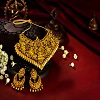
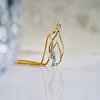
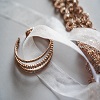
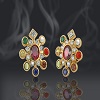
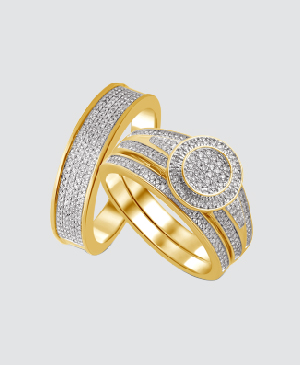
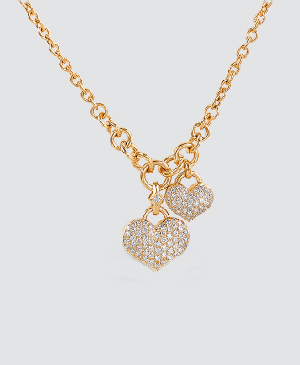
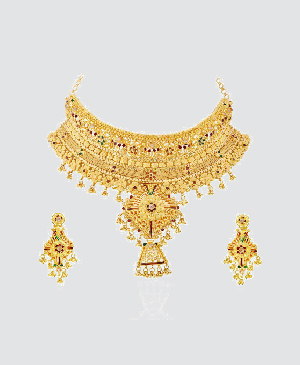
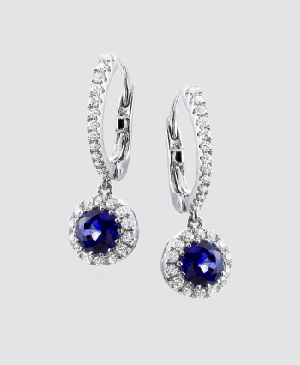
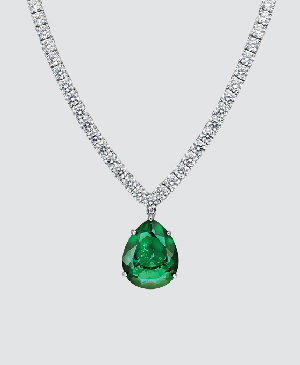
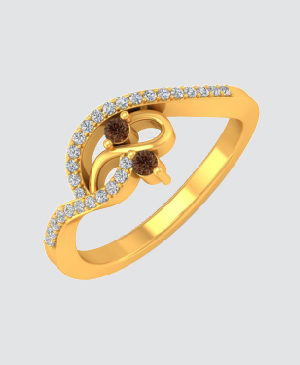
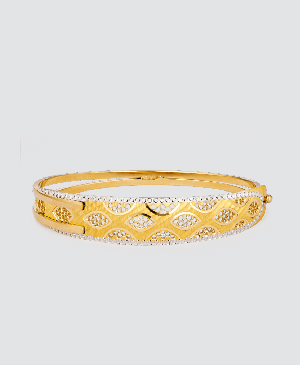

Leave a Comments
Your email address will not be published. Required fields are marked *